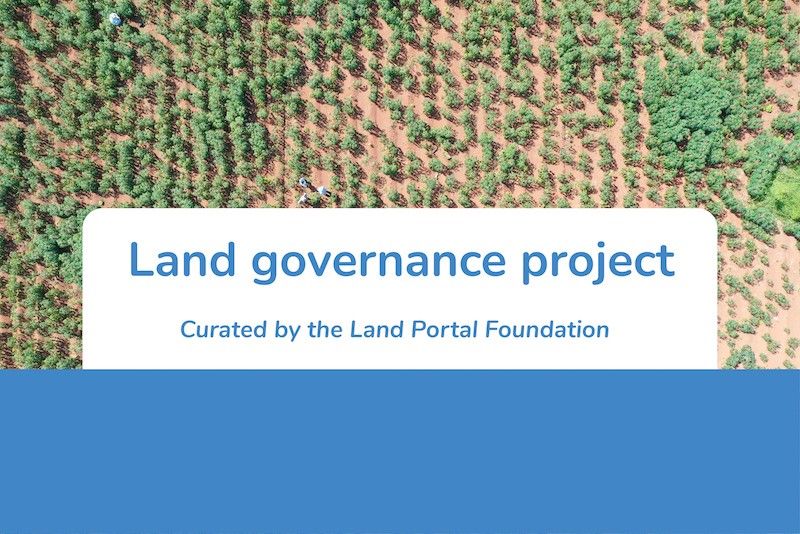Community / Land projects / Enhance Farmers' resilience through Improving food security for most vulnerable Households in area C-West Bank
Enhance Farmers' resilience through Improving food security for most vulnerable Households in area C-West Bank

€506650.7798
12/22 - 08/23
Completed
This project is part of
Implementing Organisations
Donors
Data Providers
Objectives
The proposed project will target 15 vulnerable rural communities in Area C in the west bank Jenin, Tulkarm, Salfit, Tubas and Hebron governorates, the chosen communities suffer from high and severe occupation restrictive measures and settlers’ violence that contribute to loss of livelihood stability and deterioration of the socioeconomic environment. The protracted protection crisis due to the prolonged occupation and other external factors like COIVD- 19 and the war on Ukraine further exasperated the economic and social situation, and negatively impacted the ability of targeted Palestinian households to meet their basic needs and live in dignity. Within the targeted communities in Area C, Israel retains exclusive control, including over law enforcement, access and movement, planning and construction. Thus, preventing people from accessing their natural resources (land and water), destroying agricultural lands amp animal shelters, water cisterns, uprooting planted trees, these actions force displace vulnerable families and disrupt their livelihoods, and deprive them from most critical and basic humanitarian needs, which are against IHRL and IHL. These 15 locations suffer from settlements expansion and land confiscations in addition to continuous episodes of settler’s violence. The project aims at enhancing the resilience of 1152 farmers' HH s (capita5644) including 1609 women, 1665 men, 1157girls and 1213 boys serving 5192 dunums by improving the food security of vulnerable farmers and households taking. This will be achieved through land rehabilitation productivity enhancement of 1602 dunums by fencing (82 dunums), rehabilitation through stones crushing (400 dunums) and pruning of olive trees (1120 dunums) to protect the lands and increase land productivity. The Rehabilitation of 9 km of agricultural roads to enhance protection accessibility and utilization of the served agricultural lands and decrease in production cost. These roads will also help fire trucks to reach wildfires. Increasing access to water for agriculture land to enhance farmers resilience and productivity through the installation of 2 km of water carries to for the benefit of 200 dunums, and the rehabilitation of 12 water cisterns for the benefit of 120 dunums. In addition to 98 grace cutting machines to reduce the threats farmers (especially women) face from settlers during olive harvesting season by reducing harvesting time, better cleaning and minimizing fire risks. In these targeted locations, farmers need permission from Israeli side to get access to their lands when harvesting. The project will also provide rehabilitation of 7 animals shelters for the benefit of 7 farmers households to increase the productive assets pertaining Cattle in the targeted localities. The project focuses on promoting PSEA and AAP. In each locality, awareness session will be conducted and PSEA awareness material will be distributed. In these sessions the WFP-managed Inter-Agency common feedback mechanism will be disseminated, along with the proper communication channels. For non PSEA related feedback and complaints, PARC’s feedback mechanism will be disseminated. Lastly, once the project is approved, a series of actions will take place to ensure good governance, participation, ownership, information sharing and accountability PARC team will announce and formulate Local Committees in the targeted location (15 LC). These LCs will have representatives from Village Councils, Municipalities, CBOs and they will participate and steer the project. It will ensure to maintain a voice to women, as the project’s team will encourage women to participate in the LC and decision making. Then, tendering and contracting, where the project team and the local committees will ensure the best value of money, and the project will be implemented based on a well formulated exit strategy.



